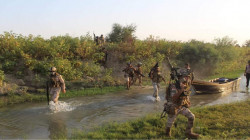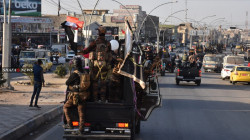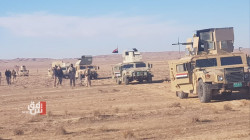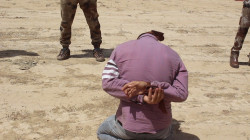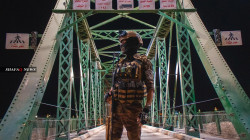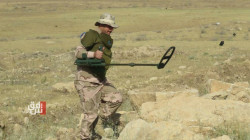ISIS victims’ remains found in east Mosul amid reconstruction efforts
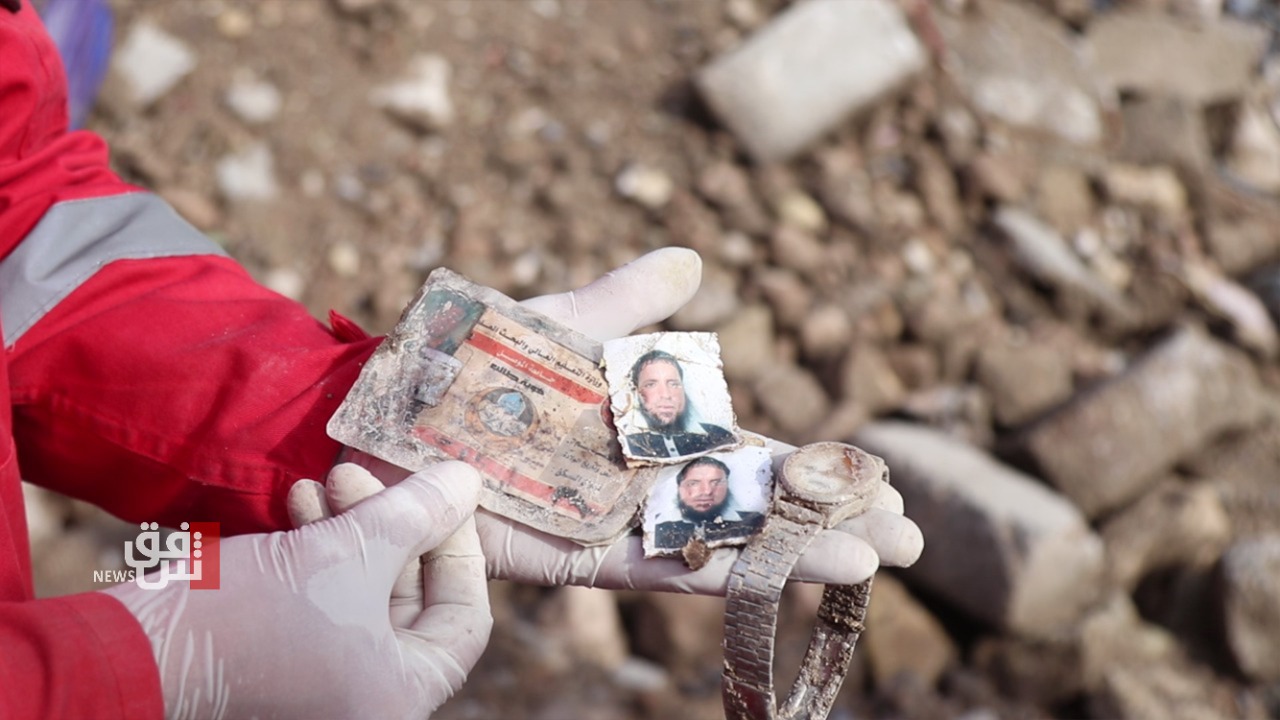
Shafaq News/ In the heart of old Mosul, amid the ruins of once-thriving neighborhoods, the echoes of past tragedies linger, even years after the defeat of ISIS, one of the most notorious militant groups in modern history.
Skeletons are periodically uncovered during debris removal and home reconstruction efforts, as part of the civil defense department's mission to secure the area from any remaining war remnants.
A civil defense officer told Shafaq News Agency that three skeletons were discovered on Thursday, believed to be from a family who perished during a bombing under their home. The remains have been sent to the forensic department for DNA analysis to identify the victims.
The officer explained that civil defense operations regularly uncover remains that may belong either to civilians or to ISIS fighters, as large areas of eastern Mosul continue to reveal bodies and skeletons of those who died during the battle against the extremist group.
The officer, who chose to remain anonymous, noted that the three bodies have been officially handed over to the forensic department. This year alone, the civil defense has found approximately 50 skeletons during debris removal operations as part of efforts to rebuild eastern Mosul.
The Haunting Legacy of War
Residents recount how the spirits of the past seem to hover over their devastated homes, searching for their lost loved ones despite the passage of time.
Ahmad Ghanem, a resident of old Mosul, said to Shafaq News Agency, “The souls of those who perished still haunt their homes, seeking out their families. Even though they have departed this world, their spirits return to their residences. Each home in eastern Mosul tells a story of sorrow and destruction, a stark reminder of the horrors inflicted by ISIS.”
Ghanem recalled how his family lost four members to ISIS militants. His family’s two homes in eastern Mosul were destroyed during the conflict. He described how ISIS fighters used the residential areas to conceal their positions, leading to a fatal airstrike by the Global Coalition that targeted his sister’s home. The intense explosion made it impossible to recover the bodies.
He reflected, “Anyone passing through eastern Mosul is reminded of the tragedy and the thousands of lives lost due to the brutality of ISIS. The discovery of three skeletons in one of these homes brings back memories of the pain and the events that unfolded here.”
Despite the ongoing reconstruction efforts, Ghanem acknowledged that rebuilding Mosul will take years. “Mosul is beginning to recover from its wounds, and the reconstruction campaign will eventually reshape the city. However, it will take years to transform eastern Mosul fully.”
Bodies in Nineveh’s Forensic Department
The forensic department in Nineveh governorate continues to process numerous skeletal remains uncovered in eastern Mosul, as part of ongoing efforts to identify victims of the recent conflict.
A source from the forensic department told Shafaq News Agency that similar cases occur frequently. “Teams from the civil defense regularly find skeletal remains while clearing debris in old eastern Mosul. We receive these remains officially and conduct DNA analysis to determine their identities. Approximately 90% of the identified remains belong to former residents of eastern Mosul, and we return them to their families if identification is confirmed.”
The source added that many of the remains belong to ISIS fighters and are classified as unknown due to difficulties in DNA matching. “Most of the remains are identified as those of Iraqi civilians. We have managed to identify many innocent victims because their families provided samples for comparison.”
Dr. Ahmed Al-Abbasi, a forensic geneticist, explained to Shafaq News Agency that identifying remains involves analyzing DNA from bones and teeth. “Forensic experts often ask relatives if they remember the deceased’s dentist or check dental records, as teeth are a reliable and cost-effective means of identification, especially when DNA is severely damaged.”
Dr. Al-Abbasi noted that forensic professionals sometimes examine small bones from the ear, which are less exposed and better preserved. “In such cases, extracting DNA might require breaking open the skull. Additionally, CT scans can provide valuable information for identity verification by comparing anatomical structures.”
